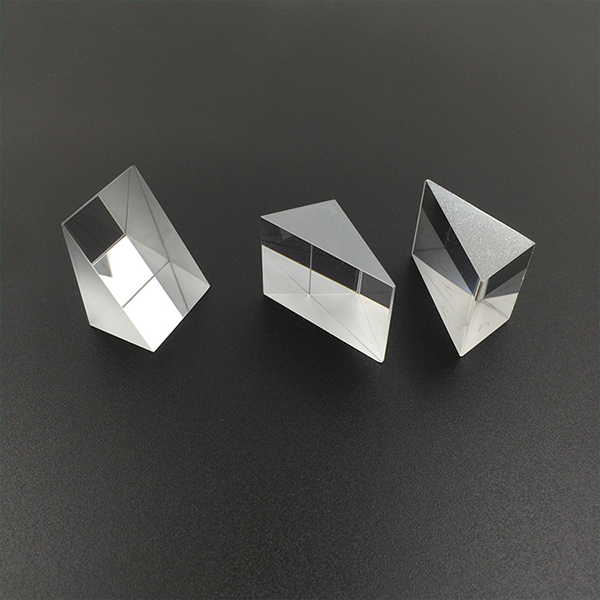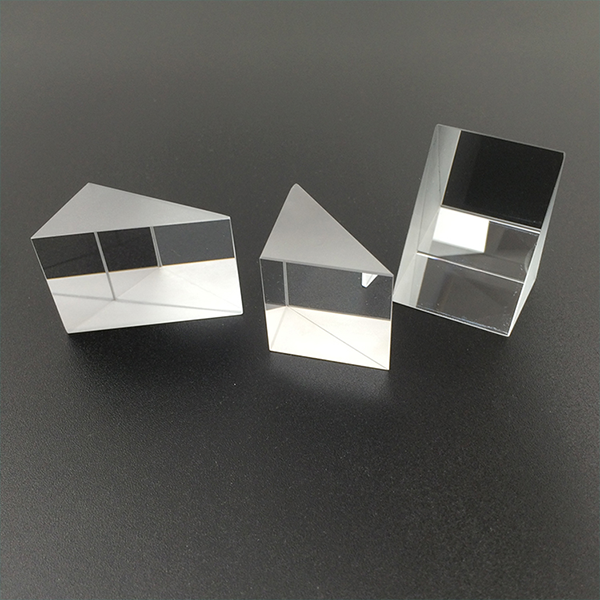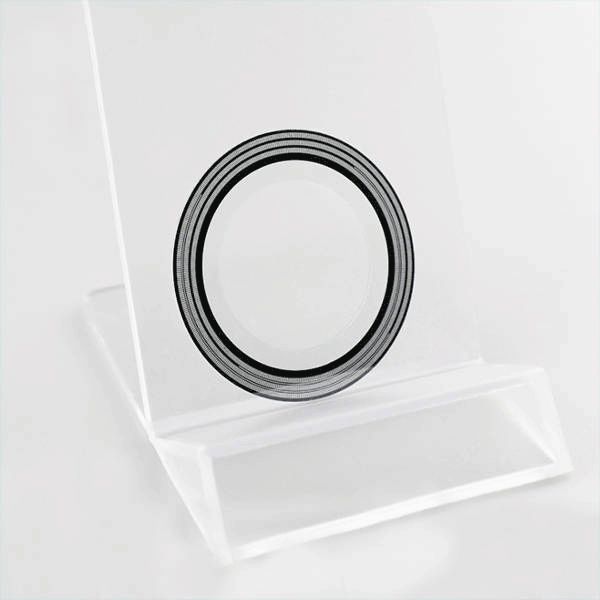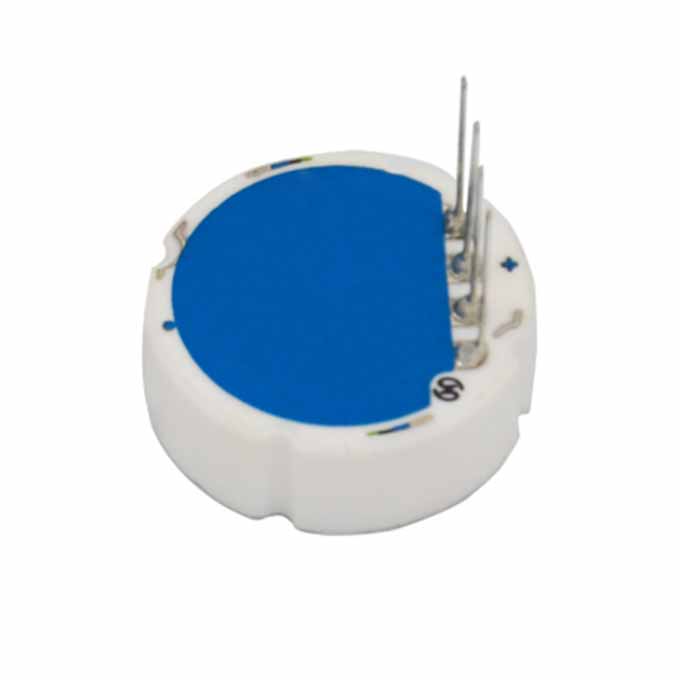What is an optical prism?
What is an optical prism?
A prism is a transparent object surrounded by two planes that intersect but are not parallel to each other, used to split or disperse light beams. Prisms are polyhedrons made of transparent materials (such as glass, crystal, etc.). It is widely used in optical instruments. Prisms can be divided into several types according to their properties and uses. For example, in spectroscopic instruments, the "dispersive prism" that decomposes the composite light into the spectrum is more commonly used as an equilateral prism; in periscopes, binoculars and other instruments, the direction of light is changed to adjust its imaging position. "Reflecting Prisms", generally using right-angle prisms.
Chinese name:Prism 光学棱镜
foreign name :prism
definition
A transparent object surrounded by two intersecting planes
use
Split or disperse light
Classification
Equilateral prism, right angle prism, etc.

Optical action of a prism
Polyhedrons made of transparent materials are important optical components. The plane on which the light enters and exits is called the side surface, and the plane perpendicular to the side surface is called the main section. According to the shape of the main section, it can be divided into triangular prisms, right-angle prisms, pentagonal prisms, etc. The main section of a triangular prism is a triangle with two refracting surfaces. According to the law of refraction, the ray passes through the prism and is deflected twice to the bottom surface. The angle q between the outgoing ray and the incident ray is called the deflection angle. Its size is determined by the refractive index n of the prism medium and the incident angle i. When i is fixed, light with different wavelengths has different deflection angles. Among visible light, the deflection angle is the largest for violet light, and the smallest is for red light.
effect
In modern life, prisms are widely used in digital equipment, science and technology, medical instruments and other fields.
Commonly used digital equipment: cameras, closed-circuit televisions, projectors, digital cameras, digital camcorders, CCD lenses and various optical equipment;
Science and technology: telescopes, microscopes, levels, fingerprints, gun sights, solar energy converters and various measuring instruments;
Medical equipment: cystoscope, gastroscope and various laser treatment equipment.

Prism Constant Concept
The excess time it takes for light to propagate in a reflecting prism will increase the measured distance by a certain value, which means that light travels slower in glass than in air. Usually we call this increased value the prism constant.
As for how to differentiate the prism constant, you can look at the butt of the prism, if the prism's anchor bolt is flat with the plastic shell, it's -30mm. If not, it is 0mm; in addition, I will teach you a little trick. Before the backsight is determined, the direction or angle can be seen as far as possible at the coordinate point, and the center of the prism cannot be taken, because if the distance is far, you cannot see the center of the prism. , In addition, the distance measurement does not need to be aligned with the center of the prism, just look at any point on the reflective surface of the prism.
Prism Constant Basics
The function of the reflecting prism: When using the reflecting prism (or the reflecting sheet) as the reflector for distance measurement, the reflecting prism receives the light signal sent by the total station and reflects it back. The total station sends out an optical signal, receives the optical signal reflected from the reflecting prism, calculates the phase shift of the optical signal, etc., so as to indirectly obtain the light passing time, and finally measures the distance from the total station to the reflecting prism.
Principle of reflective prism: The working principle of reflective prism is actually the law of reflection and refraction of light. When light is reflected in the same medium, its reflection angle and incidence angle are equal; when light is incident from one medium perpendicular to the two medium planes to another medium, it will not be refracted.
Total Station Prism
small prism
prism
measuring prism
optical lens


